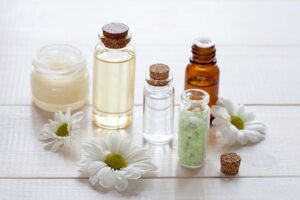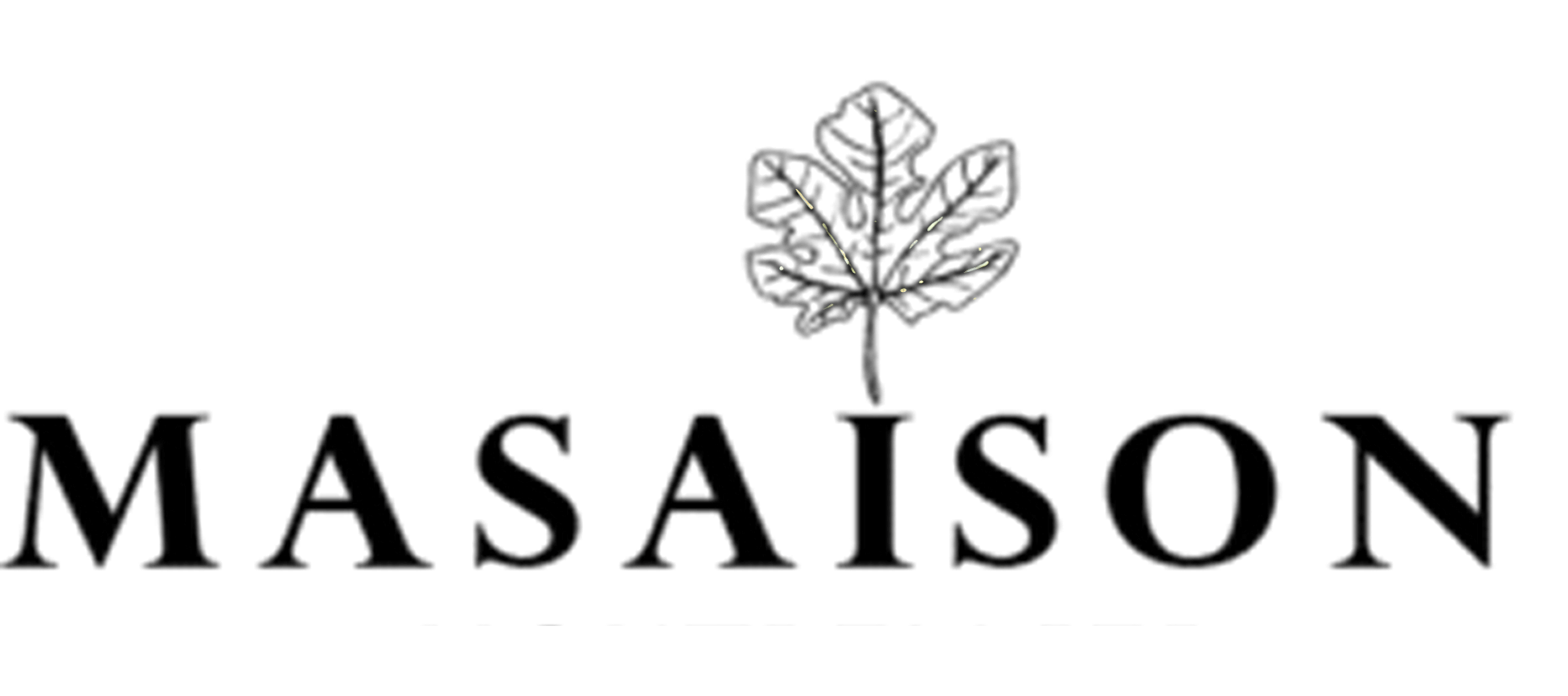Livraison offerte dès 50 euros d'achat


HOW CAN YOU QUICKLY RECOGNISE A GOOD COSMETIC COMPOSITION FROM A BAD ONE? HERE'S OUR ADVICE!
I know you've already asked yourself these questions: Is a long list of ingredients a guarantee of quality? Does it really matter where my ingredients come from? Are natural products better for my skin? Should I avoid a cream without a label? So let's get Zooming on the ingredients...
Every cosmetic formulation incorporates different ingredients, each fulfilling a specific role. Some ingredients should be avoided, while others should be favoured. In your opinion What are the criteria for choosing one composition over another? That's what we'll be looking at in this article!
THE NUMBER OF INGRÉDIENTS :
The first indication of a cream's quality is the number of ingredients it contains. The more ingredients you find, the more likely you are to find harmful ingredients such as Butyl Hydroxytoluene (an endocrine disruptor) or polyethylene glycol (a carcinogen). You should also bear in mind that the more ingredients there are, the more processing the product will require and the more CO2 emissions it will generate. Finally, when there are too many products, some of their effects can be cancelled out. At Masaison, we have worked alongside our laboratory to reduce this list as much as possible. We ended up with just 11 ingredients for our winter creams, and each ingredient plays a vital role in the effectiveness of our cream.
THE ORIGIN OF INGRÉDIENTS :
Another key argument is the origin of the ingredients. Firstly, the more local your ingredients, the lower their carbon footprint. Local ingredients are also often a guarantee of quality that we can control more easily than if they came from Venezuela, for example... Finally, it helps support the local economy and, in the case of fruit, preserves its nutrients. For example, we have chosen producers in the South of France for our figs used in the 2022 summer cream. We had the chance to visit our producers and see for ourselves the quality of the product. At MaSaison, our ingredients come from Europe, the vast majority from France.
INGRÉDIENTS?
So let's stop you right there, natural doesn't necessarily mean good for your skin. Cyanide, for example, is natural... In fact, some natural ingredients have become selling points in recent years. Essential oils, for example, are classed as potentially allergenic and can cause numerous reactions in sensitive skin. So as I've said before, natural doesn't necessarily mean good for your skin!
THE QUESTION OF LABELS :
We're not going to go into detail about our labels here, as that will be covered in a later article. But let's just say that labels can be a guarantee of quality for customers and establish a certain amount of trust between you and us. However, be careful not to ban a brand that doesn't have a certain label. Bear in mind that labels are very expensive, and some brands won't be able to afford to buy several of them. This doesn't mean that the brand doesn't have the qualities required for labelling. Hence the importance of being able to decipher product labels 😉 . At MaSaison we have been lucky enough to be certified with 3 labels (Organic, Vegan, and French ingredients) because in our opinion they were essential in order to establish a relationship of trust with you.
OUR ADVICE IN A NUTSHELLÉ
Keep the list of ingredients short.
Favour local ingredients.
Beware of natural ingredients that are not always good for your skin.
Labels can be a plus, but their absence does not mean a lack of quality.
Here's a quick and easy way to tell a good list of ingredients from a bad one! Of course, to get to the bottom of this, it's important to find out about each ingredient. Some controversial indicators can give you an idea of what your cream contains: incibeauty or yuka. But in this article, we wanted to give you some simple, quickly usable indicators of the quality of a cosmetic. Now it's up to you! You can apply our advice to products you already own or to some you'd like to buy 🙂 .
